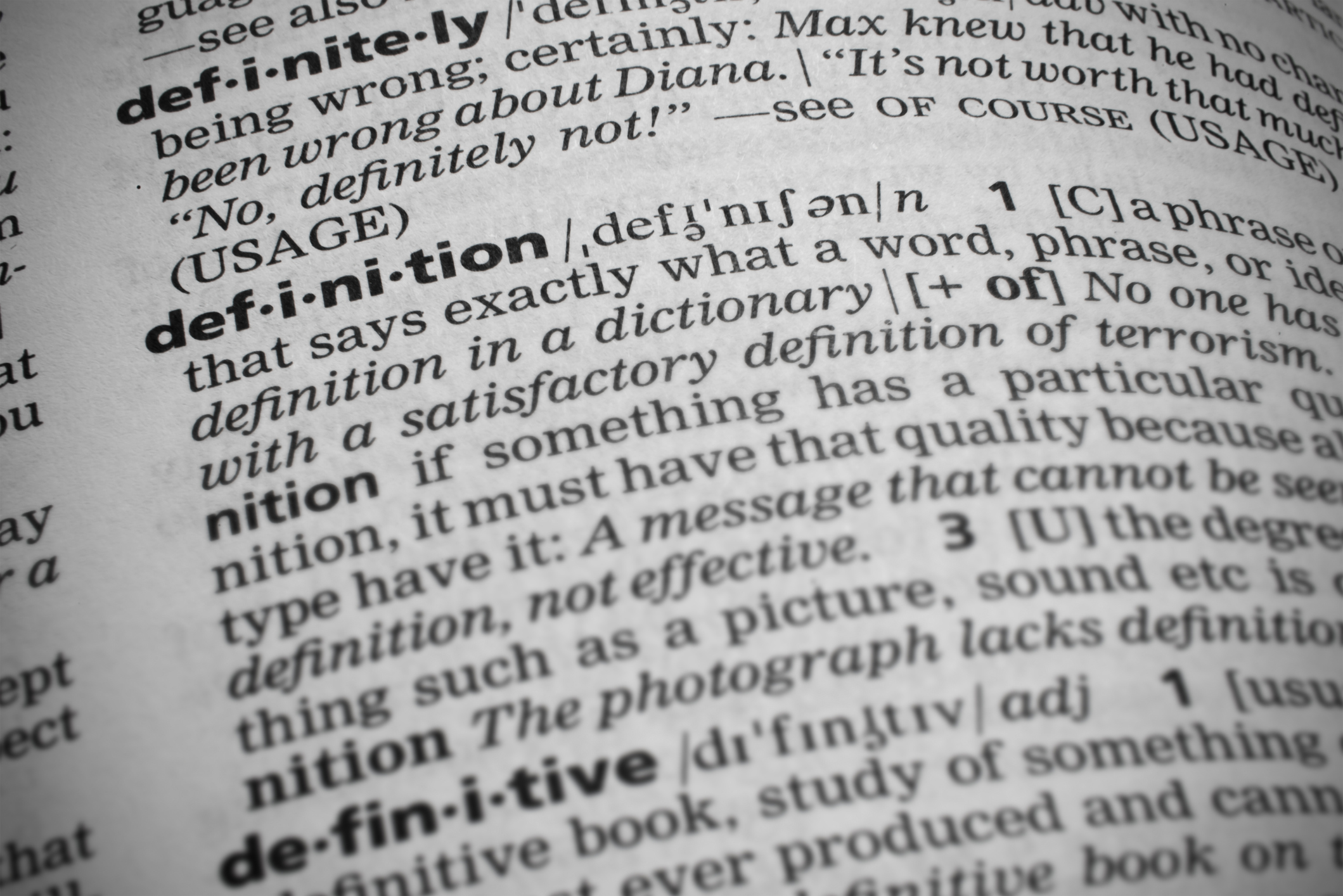In the world of quality management, the Define phase is the starting point of a Lean Six Sigma project. The Define phase is focused on creating a clear, concise, and comprehensive project charter that outlines the project’s purpose, objectives, scope, and deliverables. This phase is critical in ensuring that the project has a well-defined focus and aligns with the organization’s overall strategic objectives.
In this article, we will explore the importance of the Define phase in Lean Six Sigma, the key elements involved in the Define phase, and best practices for successfully completing this phase.
The Importance of the Define Phase in Lean Six Sigma
The Define phase is critical in ensuring that a Lean Six Sigma project is set up for success. This phase provides a clear understanding of the problem or opportunity that the project aims to address and creates a roadmap for achieving the desired outcomes. By creating a comprehensive project charter that outlines the project’s purpose, objectives, scope, and deliverables, the Define phase ensures that the project team is aligned and focused on the same goals.
The Define phase is also essential for gaining buy-in from stakeholders, including senior leaders, project sponsors, and team members. By clearly articulating the project’s goals, deliverables, and outcomes, stakeholders can understand the project’s value and impact on the organization. This can help to secure the necessary resources, including funding, personnel, and technology, to support the project’s success.
Key Elements of the Define Phase
The Define phase involves several key elements that must be completed to ensure the project is set up for success. These elements include:
- Identify the Problem or Opportunity: The first step in the Define phase is to identify the problem or opportunity that the project aims to address. This can be done through customer feedback, process analysis, or other forms of data collection.
- Develop the Project Charter: The next step is to develop a project charter that outlines the project’s purpose, objectives, scope, and deliverables. The project charter should be a clear, concise, and comprehensive document that provides a roadmap for the project’s success.
- Define the Project Team: The next step is to define the project team. The project team should be cross-functional and include individuals with the necessary skills, knowledge, and expertise to achieve the project’s goals.
- Define the Project Timeline: The next step is to define the project timeline. This should include a clear timeline for each phase of the project, including the Define, Measure, Analyze, Improve, and Control (DMAIC) phases, as well as milestones and deadlines for achieving project deliverables.
- Define the Project Metrics: The next step is to define the project metrics. This should include clear and measurable metrics for evaluating project success, such as customer satisfaction, defect rate, cycle time, or cost savings.
Best Practices for Completing the Define Phase
To successfully complete the Define phase, there are several best practices that organizations should follow. These include:
- Engage Stakeholders: Engage stakeholders throughout the Define phase to ensure that the project’s purpose, objectives, scope, and deliverables are aligned with the organization’s strategic objectives.
- Focus on the Problem: Focus on the problem or opportunity that the project aims to address. This can help to ensure that the project team is aligned and focused on achieving the same goals.
- Use Data: Use data to identify the problem or opportunity and to define the project metrics. This can help to ensure that the project is grounded in facts and evidence and is not based on assumptions or opinions.
- Create a Comprehensive Project Charter: Develop a project charter that is clear, concise, and comprehensive. The project charter should provide a roadmap for the project’s success and should be reviewed and approved by stakeholders.
- Define the Project Timeline and Metrics: Define the project timeline and metrics early in the Define phase to ensure that the project team is aligned and focused on achieving the project’s goals.
- Ensure Cross-Functional Collaboration: Ensure cross-functional collaboration throughout the Define phase to ensure that the project team has the necessary skills, knowledge, and expertise to achieve the project’s goals.
- Use Visual Tools: Use visual tools, such as process maps, flowcharts, and diagrams, to help stakeholders understand the problem or opportunity and the project’s goals and objectives.
- Review and Revise: Continuously review and revise the project charter, project timeline, and metrics to ensure that they remain aligned with the project’s purpose and objectives.
Case Study: Define Phase in Action
To understand how the Define phase works in practice, let us consider a case study of a Lean Six Sigma project focused on improving customer satisfaction at a financial services company.
The problem statement identified in the Define phase was that customer satisfaction was low due to long wait times on the phone and a lack of personalized service. The project charter outlined the project’s purpose, objectives, scope, and deliverables, including the goal of reducing wait times on the phone and improving personalized service to increase customer satisfaction.
The project team was defined to include representatives from the customer service, operations, and IT departments. The project timeline was set at 16 weeks, with milestones for completing the Define, Measure, Analyze, Improve, and Control (DMAIC) phases.
The project metrics were defined to include customer satisfaction scores, average wait times on the phone, and the percentage of customers who receive personalized service.
Throughout the Define phase, the project team engaged stakeholders and used data to identify the problem and define the project metrics. The team created a comprehensive project charter that provided a roadmap for the project’s success and secured the necessary resources, including funding, personnel, and technology, to support the project’s success.
By following best practices for completing the Define phase, the project team was able to successfully complete the project and achieve significant improvements in customer satisfaction.
Conclusion
The Define phase is critical in ensuring the success of a Lean Six Sigma project. By creating a clear, concise, and comprehensive project charter that outlines the project’s purpose, objectives, scope, and deliverables, organizations can ensure that the project team is aligned and focused on achieving the same goals. The Define phase is also essential for gaining buy-in from stakeholders, securing the necessary resources, and creating a roadmap for achieving the desired outcomes. Key elements of the Define phase include identifying the problem or opportunity, developing the project charter, defining the project team, defining the project timeline and metrics, and ensuring cross-functional collaboration. By following best practices for completing the Define phase, organizations can set up their Lean Six Sigma projects for success and achieve significant improvements in performance and efficiency.








Social Contact